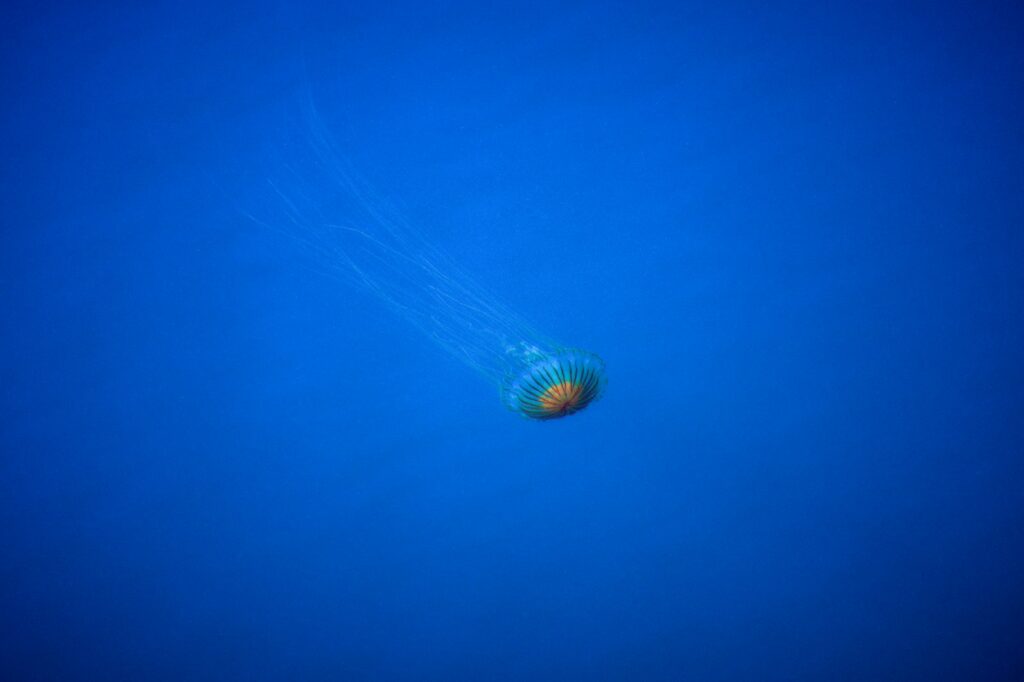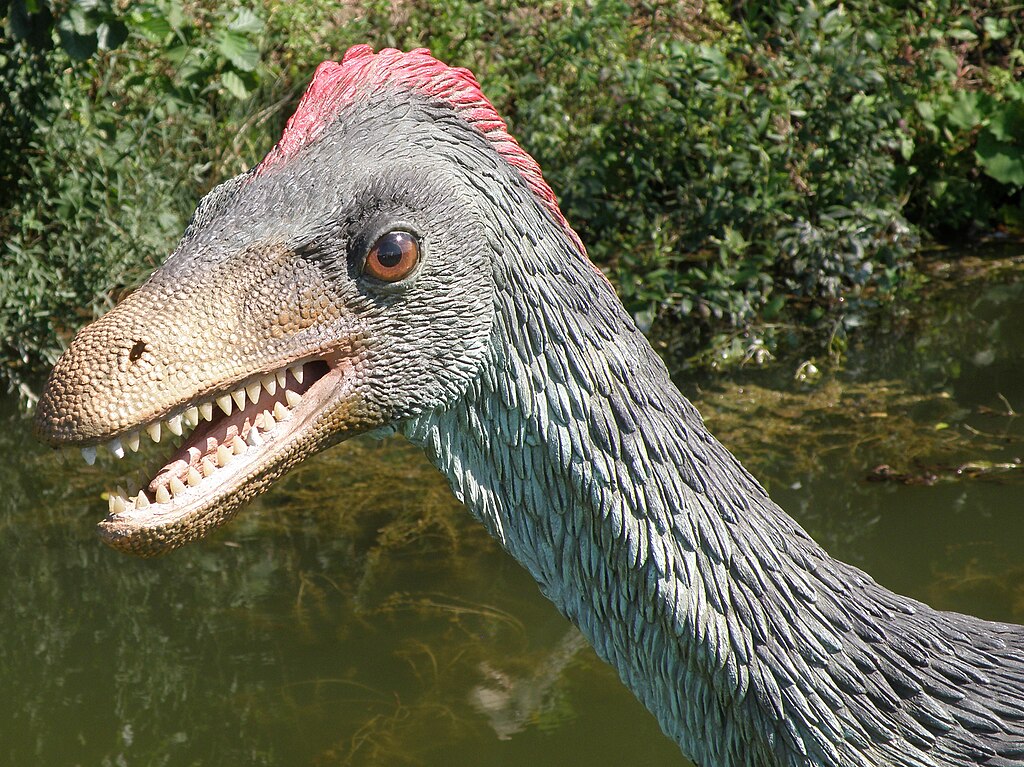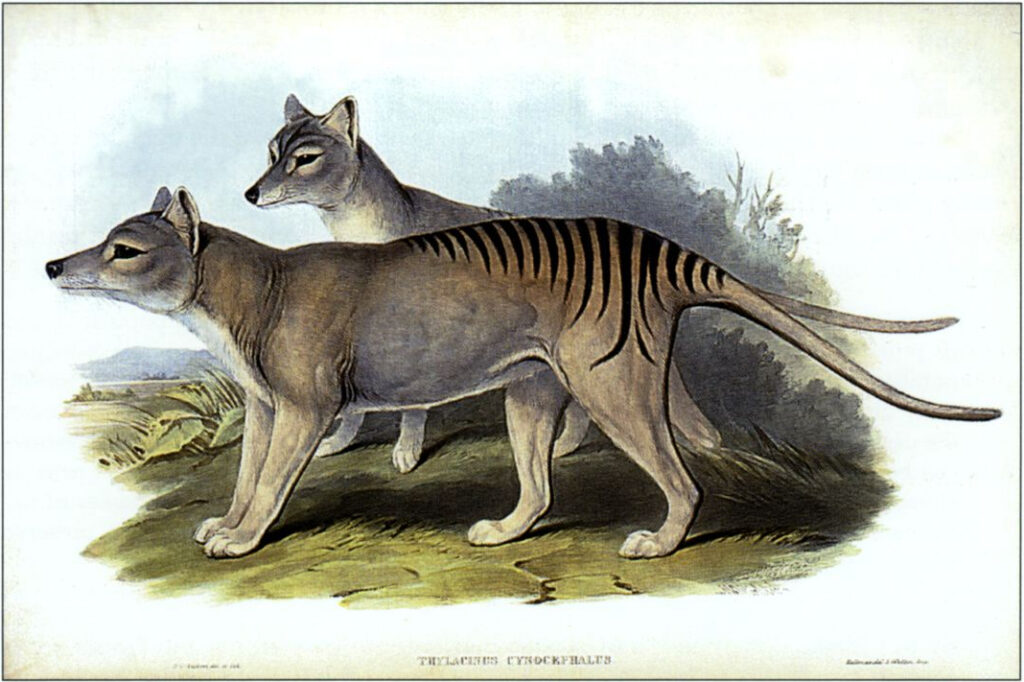Imagine if that fateful day 66 million years ago had unfolded differently. Picture the massive asteroid that sealed the dinosaurs’ fate plunging not into the shallow seas of the Yucatan Peninsula, but into the deepest trenches of the Pacific Ocean. The entire course of Earth’s history would have been rewritten in that single, catastrophic moment. Scientists have long pondered this alternate reality, and their findings reveal a scenario that’s both more devastating and surprisingly different from what actually occurred.
The Ocean’s Protective Buffer Effect
When an asteroid strikes water instead of solid ground, the ocean acts like a massive shock absorber, but not in the way you might expect. The water doesn’t simply cushion the blow – it transforms the impact into something far more complex and potentially deadlier. The ocean’s depth and density create a unique set of conditions that would have fundamentally altered the aftermath of the collision.
Unlike the rocky impact that created the Chicxulub crater, an oceanic strike would have generated less immediate debris ejected into the atmosphere. However, this apparent advantage comes with a terrifying trade-off. The energy that would have been spent pulverizing rock gets redirected into other devastating phenomena that could have made the extinction event even more catastrophic.
Tsunami Waves Beyond Imagination
The most immediate and visible consequence would have been tsunami waves that dwarf anything in recorded human history. Scientists estimate that the initial wave could have reached heights of several kilometers – imagine walls of water taller than Mount Fuji racing across ocean basins at the speed of jet aircraft. These mega-tsunamis would have been capable of traveling inland for hundreds of miles, drowning entire continents under crushing walls of seawater.
The 2004 Indian Ocean tsunami, which killed over 230,000 people, was generated by an undersea earthquake. An asteroid impact would release energy equivalent to billions of nuclear weapons, creating waves that would make that disaster look like a gentle ripple by comparison. Coastal regions worldwide would have been scoured clean of life within hours of the impact.
The Superheated Steam Catastrophe
Perhaps even more terrifying than the tsunamis would have been the massive steam explosion created by the asteroid’s impact. When a 10-kilometer-wide chunk of rock traveling at 20 kilometers per second hits the ocean, it instantly vaporizes millions of tons of seawater. This superheated steam, reaching temperatures of thousands of degrees, would have shot up into the atmosphere like a colossal geyser.
The steam plume would have been visible from space, rising far higher than the atmosphere itself. As this scalding vapor condensed and fell back to Earth, it would have created a global rainfall of boiling water. Marine life near the impact site would have been literally cooked alive, while terrestrial animals would have faced a hellish downpour of superheated precipitation.
This phenomenon alone might have been enough to trigger mass extinctions, as the sudden temperature spike would have disrupted ecosystems worldwide. The delicate balance of ocean temperatures that many marine species depended on would have been shattered in an instant.
Ocean Chemistry Gone Haywire
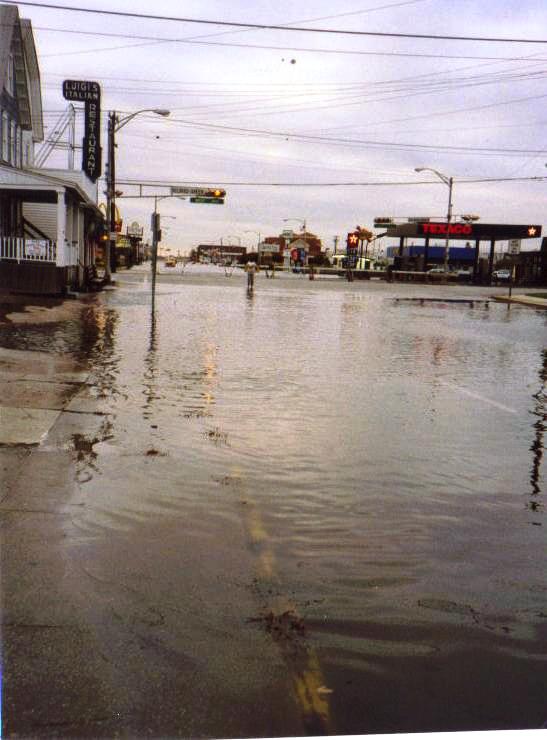
The chemical composition of Earth’s oceans would have been dramatically altered by an oceanic asteroid impact. The intense heat and pressure would have triggered massive chemical reactions in the seawater, potentially creating toxic compounds that could poison marine ecosystems for thousands of years. The impact would have also released enormous quantities of dissolved gases, fundamentally changing the ocean’s pH levels.
Marine organisms that had evolved over millions of years to thrive in specific chemical conditions would have suddenly found themselves in an alien environment. Coral reefs, which are particularly sensitive to changes in ocean chemistry, would have died en masse. The entire marine food web, from tiny plankton to massive marine reptiles, would have faced an unprecedented chemical catastrophe.
Unlike the terrestrial impact that actually occurred, where chemical changes were primarily atmospheric, an oceanic strike would have poisoned the very cradle of life on Earth. The oceans, which had nurtured life for billions of years, would have become a toxic wasteland almost overnight.
The Missing Ejecta Blanket
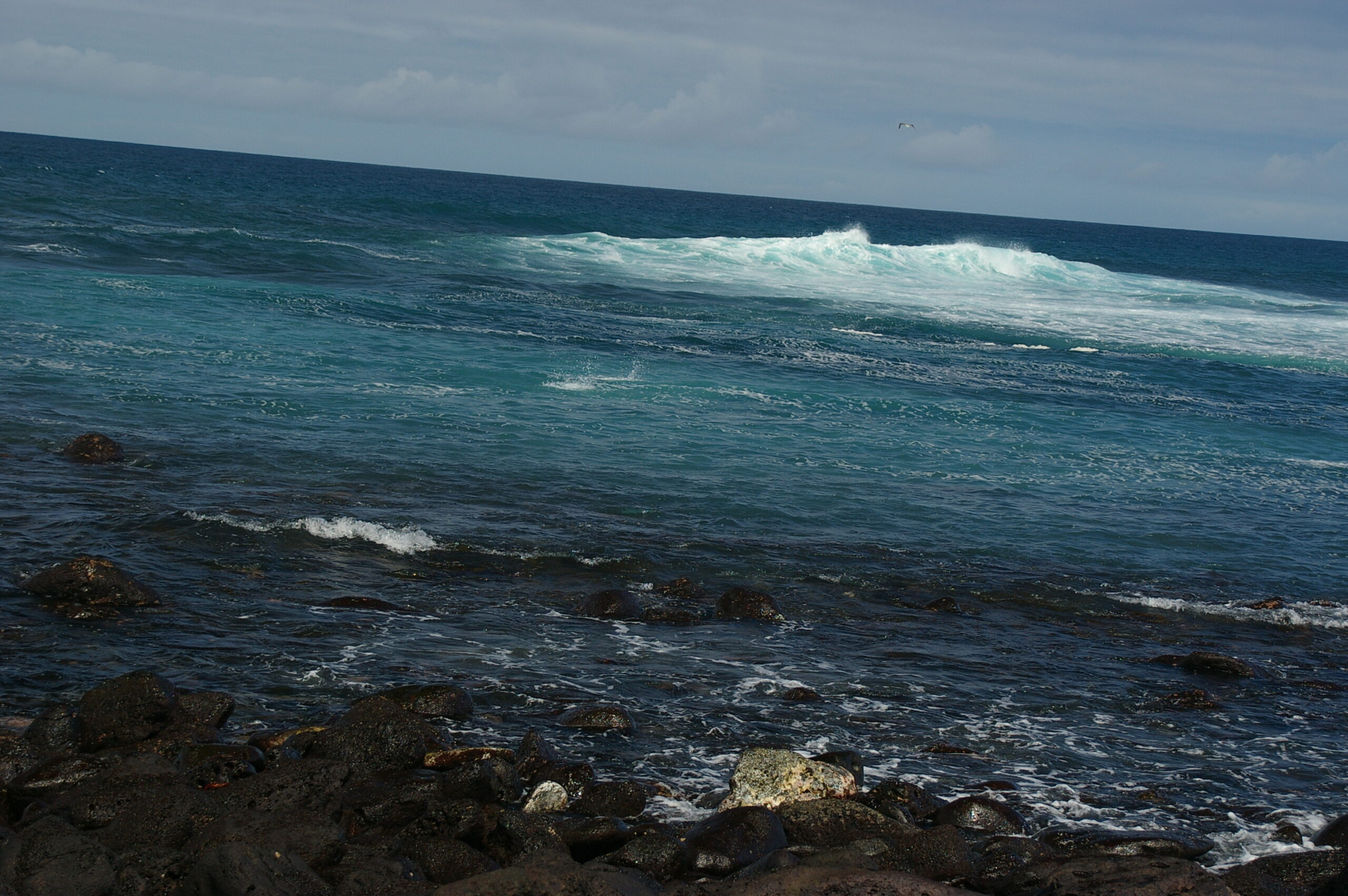
One of the most significant differences in an oceanic impact would have been the absence of the massive ejecta blanket that characterized the actual Chicxulub event. When the asteroid hit the Yucatan Peninsula, it blasted enormous quantities of rock and debris into the atmosphere, creating a global layer of dust that blocked sunlight for months or even years. This nuclear winter effect was one of the primary drivers of the mass extinction.
An oceanic impact would have produced far less solid debris, but this doesn’t mean the climate effects would have been less severe. Instead of rock dust, the atmosphere would have been filled with water vapor and steam, creating a different but equally devastating climate scenario. The greenhouse effect from all that water vapor might have actually been worse than the cooling effect of the dust blanket.
Underwater Crater Dynamics
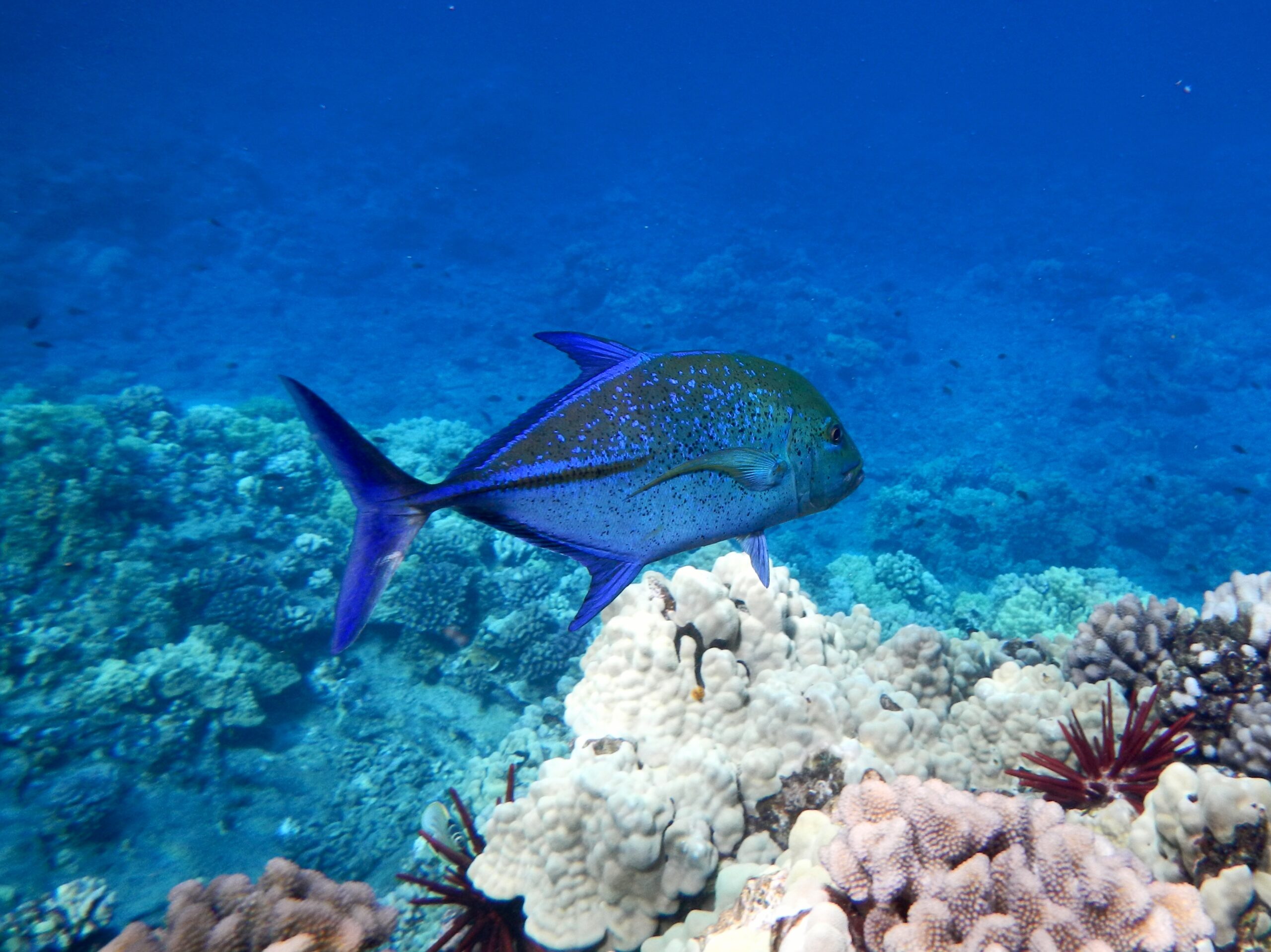
The formation of an underwater impact crater would have been a spectacular and unique geological event. Unlike terrestrial craters, which remain relatively stable once formed, an oceanic crater would have been subject to immediate and ongoing modification by water flow and sedimentation. The crater walls would have collapsed almost immediately, creating underwater avalanches of epic proportions.
The sheer weight of water rushing back into the impact site would have created a secondary implosion effect, potentially triggering additional seismic activity. Underwater landslides radiating outward from the impact site would have continued for days or weeks, creating a constantly evolving seafloor landscape. These secondary effects would have generated their own series of tsunamis, extending the disaster far beyond the initial impact.
The geological record of such an event would have been largely erased by subsequent sedimentation, making it much harder for future scientists to study the impact. This could have delayed our understanding of mass extinction events by decades or centuries.
Marine Life’s Immediate Doom
The ocean’s abundant life would have faced an immediate and complete apocalypse. Marine reptiles like plesiosaurs and mosasaurs, which had ruled the seas for millions of years, would have been among the first casualties. The initial shockwave would have been lethal to any large marine animal within thousands of kilometers of the impact site.
But it’s the smaller organisms that would have suffered the most catastrophic losses. Microscopic plankton, the foundation of all marine food webs, would have been decimated by the sudden temperature and chemical changes. These tiny organisms are incredibly sensitive to environmental changes, and their mass death would have cascaded up through the entire marine ecosystem.
The loss of marine primary producers would have been far more devastating than the loss of terrestrial plant life. While land plants could potentially recover from seed banks and root systems, marine ecosystems would have faced a complete collapse of their fundamental food sources. The ocean would have become a biological desert, unable to support complex life for potentially millions of years.
Atmospheric Water Vapor Overload
The massive injection of water vapor into the atmosphere would have created a runaway greenhouse effect that could have fundamentally altered Earth’s climate for millennia. Water vapor is actually a much more potent greenhouse gas than carbon dioxide, and the sheer quantity released by an oceanic impact would have been unprecedented in Earth’s history.
This atmospheric water loading would have created a feedback loop where increased temperatures led to more evaporation, which led to even higher temperatures. The planet might have experienced a Venus-like runaway greenhouse effect, making it uninhabitable for complex life. The delicate balance that had allowed life to flourish on Earth for billions of years could have been permanently disrupted.
The increased atmospheric moisture would have also led to extreme weather patterns unlike anything seen in Earth’s history. Hurricanes of unimaginable intensity would have been commonplace, driven by the excess energy in the atmosphere. The very concept of stable weather patterns would have become obsolete.
Continental Flooding Scenarios
The displacement of oceanic water by the impact would have caused global sea levels to rise dramatically, not just from the immediate tsunami effects but from the long-term displacement of water. Low-lying continental areas would have been permanently submerged, dramatically reducing the amount of habitable land area for terrestrial species.
Coastal plains, which were home to many dinosaur species, would have been completely inundated. The Western Interior Seaway, which already divided North America during the Cretaceous period, would have expanded dramatically, potentially isolating dinosaur populations on shrinking islands of dry land. This geographic isolation would have accelerated extinction rates even among species that survived the initial impact.
The new coastlines would have been unstable and constantly changing as the Earth’s crust adjusted to the massive redistribution of water. Coastal ecosystems, which are among the most productive and diverse on the planet, would have been in a state of constant flux, unable to support the complex communities that had evolved over millions of years.
Seismic Consequences Across Ocean Basins
An oceanic asteroid impact would have triggered seismic activity across multiple ocean basins simultaneously. The impact energy would have traveled through the ocean floor as seismic waves, potentially triggering underwater volcanic eruptions and massive earthquake swarms along tectonic plate boundaries. The Ring of Fire around the Pacific would have become a literal ring of fire, with volcanic activity unprecedented in scale.
These secondary seismic effects would have continued long after the initial impact, creating a cascade of geological disasters that would have extended the extinction event over a much longer period. Underwater volcanic eruptions would have added their own toxic gases and ash to the already chaotic atmospheric mix, compounding the climate effects of the impact itself.
The combination of impact-generated tsunamis and seismically-triggered secondary waves would have created a complex pattern of destruction that would have been impossible to predict or escape. Coastal areas that might have been spared by the initial impact waves could have been devastated by secondary tsunamis hours or days later.
Deep Ocean Ecosystem Collapse

The deep ocean ecosystem, which had remained relatively stable for hundreds of millions of years, would have faced complete annihilation. Deep-sea organisms, which are adapted to extreme stability in temperature and chemistry, would have been utterly unprepared for the sudden changes caused by the impact. The deep ocean’s food web, which depends on a steady rain of organic matter from surface waters, would have been severed when surface ecosystems collapsed.
Hydrothermal vent communities, which are among the most ancient and unique ecosystems on Earth, would have been directly in the path of the impact’s seismic effects. These oases of life in the deep ocean would have been snuffed out by the sudden geological upheaval, eliminating some of the most specialized and irreplaceable life forms on the planet.
The loss of deep ocean biodiversity would have been catastrophic for the planet’s genetic heritage. Many deep-sea species exist nowhere else on Earth, and their extinction would have represented the loss of evolutionary innovations that had taken millions of years to develop. The ocean’s role as a repository of genetic diversity would have been permanently compromised.
Global Climate Chaos
The climate effects of an oceanic impact would have been fundamentally different from the “nuclear winter” scenario that followed the actual terrestrial impact. Instead of a sudden cooling period, Earth would have experienced a rapid warming phase that could have been even more deadly to life. The massive amount of water vapor injected into the atmosphere would have created an intense greenhouse effect, potentially raising global temperatures by tens of degrees.
This sudden warming would have been particularly devastating for polar ecosystems and high-altitude environments. Ice caps would have melted rapidly, contributing to sea level rise and further disrupting global weather patterns. The thermal expansion of the oceans, combined with the melting of polar ice, would have created a feedback loop of rising temperatures and rising sea levels.
Weather patterns would have become completely unpredictable, with extreme storms, droughts, and floods occurring simultaneously in different parts of the world. The jet streams and ocean currents that regulate global climate would have been disrupted, creating a chaotic climate system that would have been hostile to most forms of life.
The Slower Recovery Process

Perhaps most importantly, recovery from an oceanic impact would have taken much longer than recovery from the terrestrial impact that actually occurred. Marine ecosystems are generally slower to recover from major disturbances than terrestrial ones, and the complete collapse of oceanic food webs would have created a recovery bottleneck that could have lasted for millions of years.
The ocean’s role as a carbon sink would have been completely disrupted, potentially leading to long-term atmospheric changes that would have made the planet hostile to complex life. Without functioning marine ecosystems to regulate atmospheric chemistry, Earth’s climate could have remained unstable for geological periods, preventing the recovery of complex life forms.
The slower recovery would have meant that the window of opportunity for mammals to diversify and eventually give rise to human civilization would have been much smaller, or might not have occurred at all. The entire trajectory of evolution on Earth would have been fundamentally altered, potentially leading to a world where complex intelligence never evolved.
A World Without Us
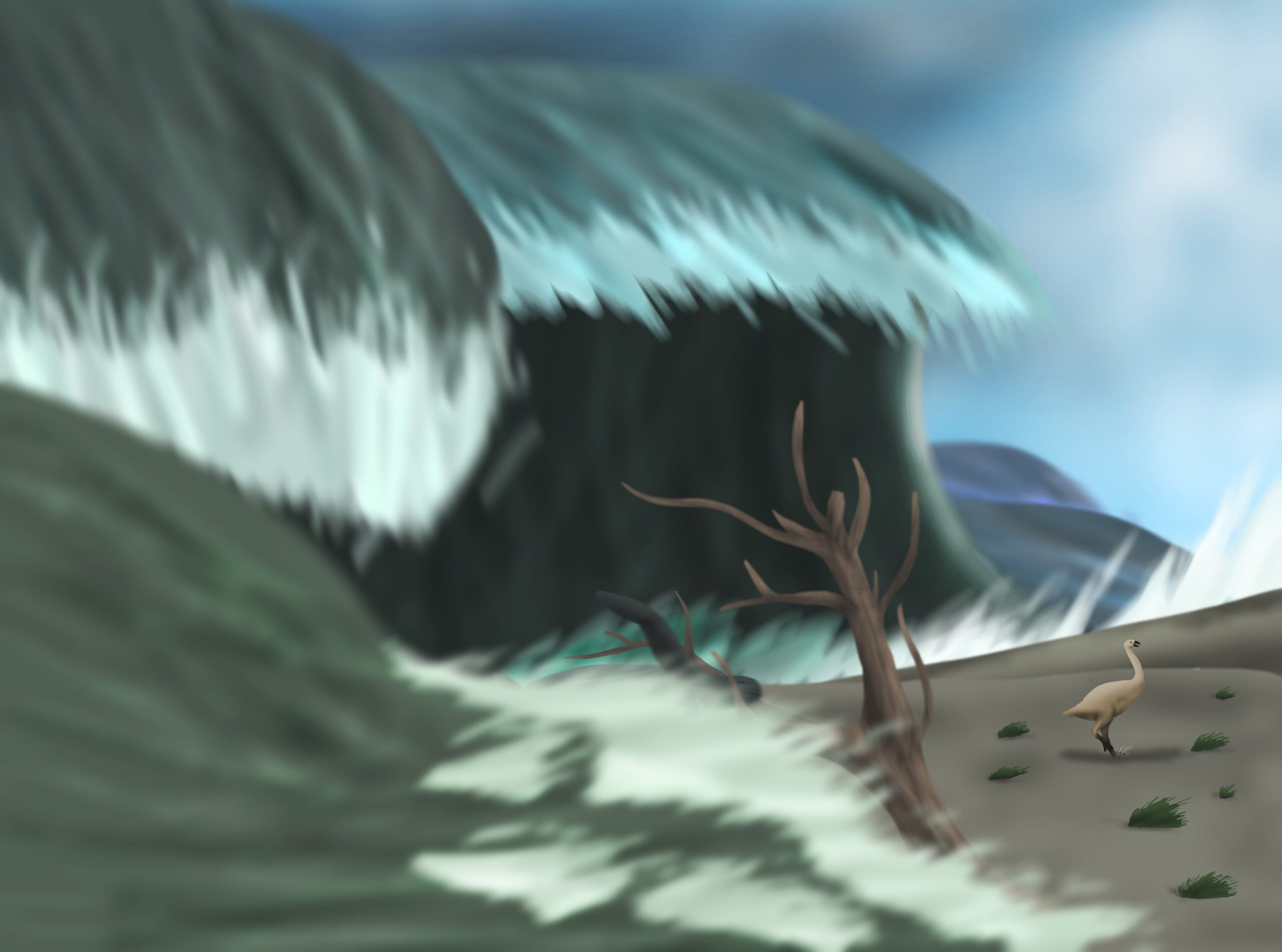
In this alternate timeline, the chances of human evolution would have been dramatically reduced. The oceanic impact would have created a world so hostile to complex life that the evolutionary innovations that led to mammals, and eventually to humans, might never have occurred. The planet might have remained dominated by simple life forms for hundreds of millions of years longer than it actually did.
The stable climate conditions that allowed for the evolution of complex societies and technology would have been absent. Even if some form of intelligence had eventually evolved, the harsh and unstable environment would have made the development of agriculture and civilization far more difficult. The story of life on Earth would have been fundamentally different, and likely much less diverse and complex.
Our existence depends on a precise sequence of events that allowed for the recovery and diversification of life after the mass extinction. An oceanic impact would have disrupted this sequence so severely that the evolutionary path to human consciousness might have been permanently blocked. We are, in a very real sense, the children of that ancient catastrophe, and our existence depends on the asteroid having hit land rather than sea.
In the end, we owe our very existence to cosmic chance. That asteroid’s trajectory was determined by gravitational forces that had been in play for millions of years before the impact. A deviation of just a few degrees would have sent it into the deep Pacific, creating a world so alien that we can barely imagine it. The fact that we’re here to ponder these questions is itself a miracle – a testament to the incredible series of unlikely events that led to our existence. What other cosmic near-misses shaped the world we know today?

